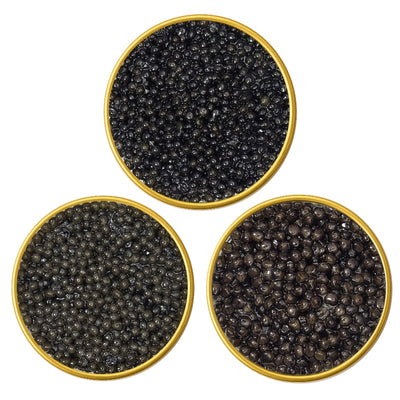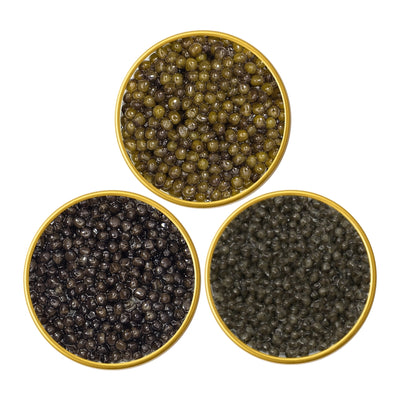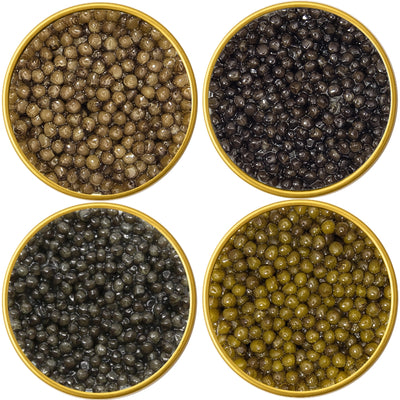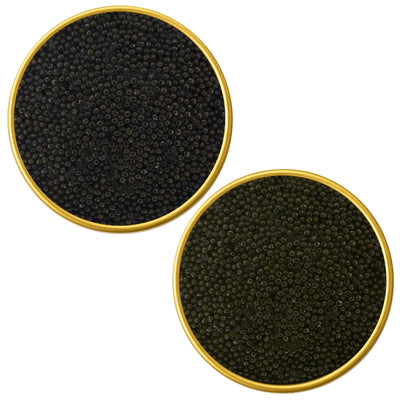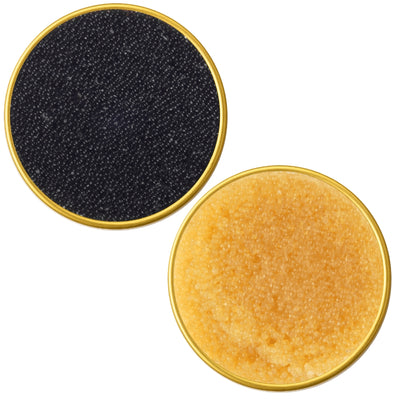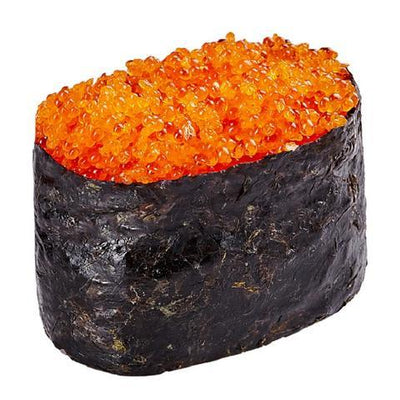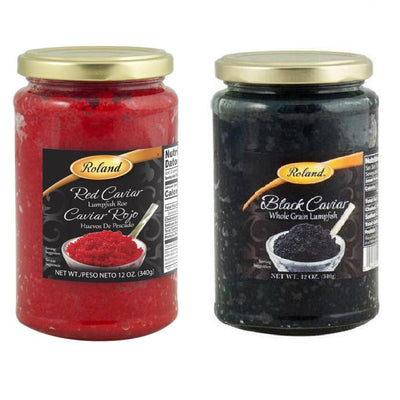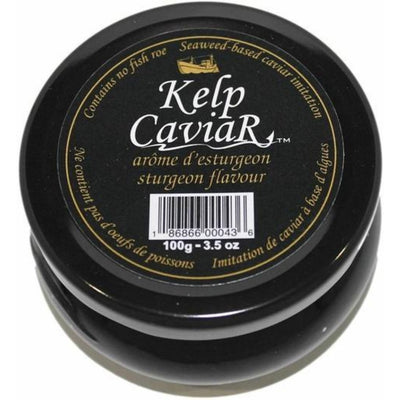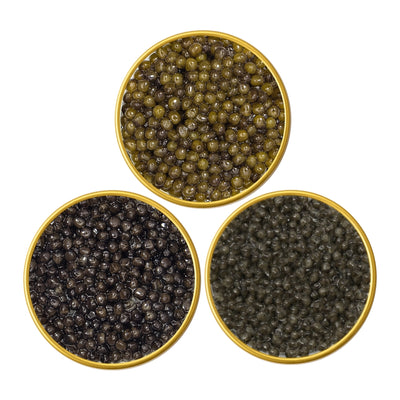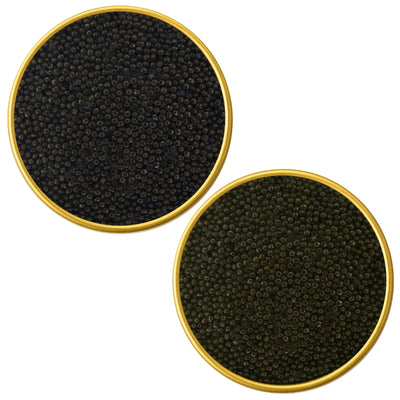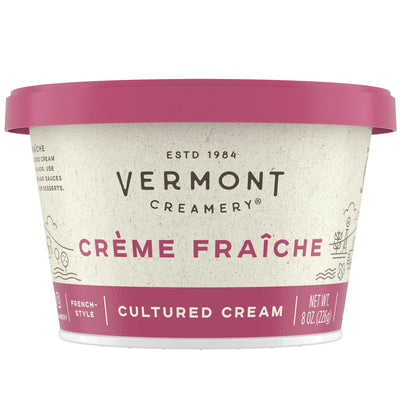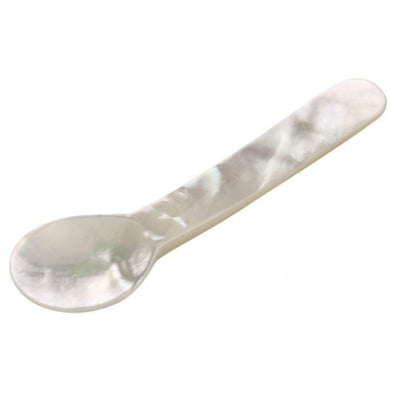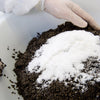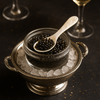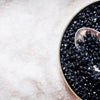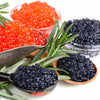Why is caviar so expensive?
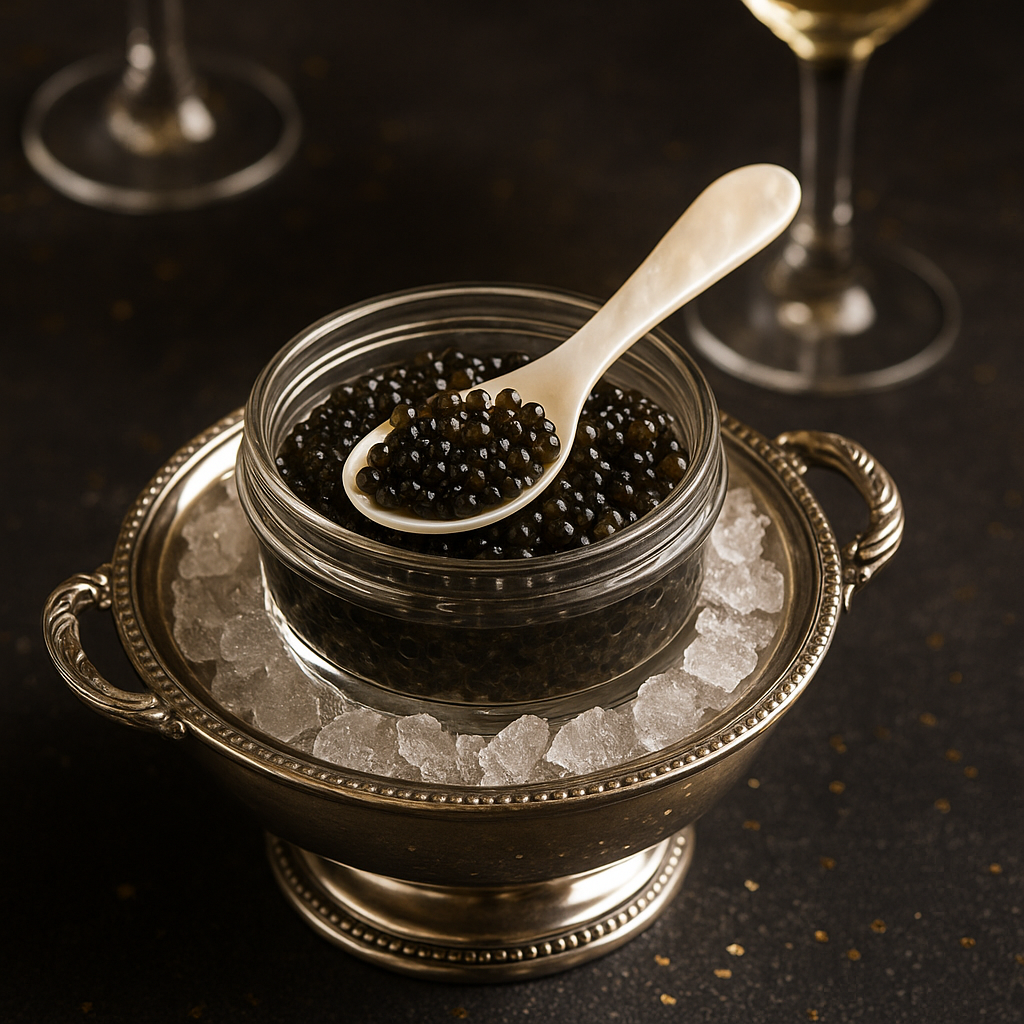
Caviar is one of the world’s most iconic luxury foods, often associated with wealth and fine dining. But why is caviar so expensive? The short answer is simple: supply and demand. Limited availability of sturgeon and rising global demand have driven prices upward, turning caviar into a delicacy often reserved for special occasions.
To understand why caviar commands such high prices, it helps to look at what caviar really is, why it is so rare, and the long, complex process required to bring it from fish to table.
What Is Caviar?
Caviar is lightly salted roe (around 3% salt) harvested exclusively from the sturgeon family of fish. There are 27 recognized species of sturgeon worldwide, but historically the Caspian Sea has been the heart of caviar production. Of the five sturgeon species native to the Caspian, three — Beluga, Osetra, and Sevruga — account for about ninety percent of traditional caviar production.
Among these, Beluga is the most famous, producing some of the largest and creamiest eggs, and often setting record prices. For example, Iranian Beluga once won a Guinness World Record as the most expensive caviar in the world, selling for an astonishing $34,500 per kilogram (about $1,000 per ounce). However, it’s important to note that such records reflect rare, elite cases — not the everyday reality of caviar prices.
Why Is Caviar So Rare?
The rarity of caviar begins with the sturgeon itself. Only female sturgeon produce roe, and unlike many species of fish that reproduce quickly, sturgeon take a long time to mature. Depending on the species, sturgeon reach reproductive age anywhere between 8 and 20 years old and can live up to a century.
Historically, wild sturgeon were heavily overfished for their valuable roe, pushing many species to the brink of extinction. Today, international regulations have banned or tightly restricted wild sturgeon fishing, making caviar from wild sources virtually unavailable. As a result, nearly all modern caviar comes from carefully managed sturgeon farms.
The Cost of Sturgeon Farming
Sturgeon farming is one of the most labor-intensive and expensive forms of aquaculture. Farms must invest millions of dollars into facilities, water systems, and ongoing maintenance to keep the fish healthy for nearly a decade before they can produce roe. These costs add up quickly, and several factors illustrate just how demanding the process can be:
- Sturgeon require pristine water conditions and are highly sensitive to temperature and quality changes.
- Each farm must operate multiple reservoirs for breeding, growing males and females, and separating mature sturgeon.
- Feeding a large sturgeon farm can cost upwards of $40,000 per month.
- Once harvested, the roe is salted and then matured for up to 4 additional months before it is ready for sale.
With only about 2,000 sturgeon farms worldwide, mainly located in the United States, Russia, Europe, and Iran, global supply remains limited. This scarcity, combined with the high costs of production, significantly drives up the price of caviar.

Is All Caviar Expensive?
With its rarity and long production cycle, it’s easy to assume that all caviar falls into the category of ultra-luxury. Yet while the most exclusive varieties can command extraordinary prices, the reality is that much of the caviar available today is more affordable than people expect. At the time of this article, Caviar Malosol offers River Beluga Sturgeon Caviar starting at around $70 per ounce. Since one ounce per person is typically enough for tasting, caviar can be enjoyed as a special indulgence without being out of reach.
This perspective helps shift caviar from being seen as unattainable luxury to a treat within reach. And from what we’ve seen, the way people feel about caviar often depends not only on its flavor but also on how comfortably it fits into their lifestyle and budget. Customer feedback shows that those who buy caviar responsibly, with money set aside for indulgence, are delighted by the experience. By contrast, customers who overspend on caviar often regret the purchase, not because of the taste, but because of the financial strain. Like any luxury, caviar is most enjoyable when it fits comfortably within your budget.
Why the Price Makes Sense
When you consider the long wait for sturgeon to mature, the years of care, the expensive technology required, strict regulations, and the limited number of farms worldwide, caviar’s high price becomes easier to understand. Unlike many other foods, producing caviar requires patience, precision, and dedication at every stage, making it truly a product of craftsmanship and rarity.
Affordable Luxury at Caviar Malosol
At Caviar Malosol, we pride ourselves on offering high-quality, sustainably sourced caviar at fair prices. Our selection includes Beluga, Osetra, Sevruga, and American sturgeon caviars as well as other roes like salmon, pike, flying fish (tobiko), and lumpfish.
While not all roe is true caviar, these options provide delicious, budget-friendly alternatives. If you’re new to caviar, you may also enjoy our guides on what caviar really is and how caviar is cured and preserved.
By choosing responsibly farmed caviar from trusted suppliers, you can enjoy a delicacy once reserved for royalty without compromising on sustainability or quality.

